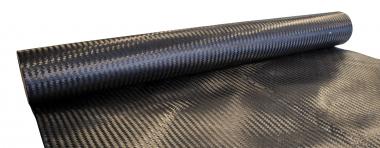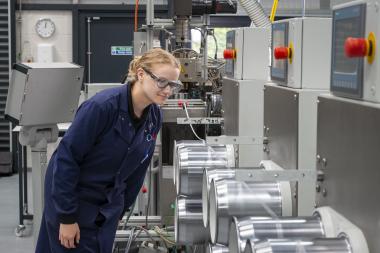EDANA calls for clarity and consistency on the EU Deforestation Regulation (EUDR)
EDANA, the international association representing the nonwovens and related industries, considers the European Commission’s recent U-turn on the EU Deforestation Regulation (EUDR) a missed opportunity to deliver a clear and effective framework to help effectively fight global deforestation.
The recent announcement adds unnecessary complexity where simplification was needed. Instead of offering certainty, it introduces confusion amongst operators, disrupts already intricate supply chains, and risks undermining Europe’s competitiveness.
„Our members are committed to supporting global efforts to prevent deforestation, however, the Regulation in its current format - supported by an IT system still unfit for purpose - presents fundamental challenges, including issues around polygon geolocation and excessive due diligence requirements that remain unresolved“, stated the association.
EDANA emphasizes that the Regulation must not be pushed through prematurely: The European Commission should maintain its original proposal to the European Parliament and delay implementation by 12 months. Such a step would allow sufficient time to ensure the system is workable and fair for all operators.
Frequent changes in direction erode business confidence and create uncertainty across global markets. The latest developments have already led to confusion on both sides of the Atlantic, with some countries calling for an accelerated timeline while others urge delay.
Edana































